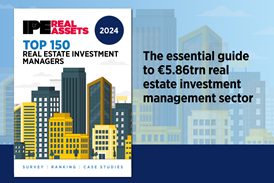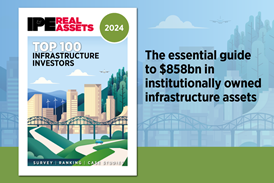European retail investment volume up 68% in 2010
Direct investment in retail real estate in Europe during 2010 reached over EUR 20.6 bn, a rise of 68% on 2009 (EUR 12.3 bn), according to Jones Lang LaSalle. 150 transactions were recorded in Q4, boosting total volumes for the three-month period to EUR 6.7 bn, up almost 80% on ...
You have now reached your article limit
Already have an IPE Real Assets account? Sign in
PropertyEU has merged with IPE Real Assets
If you had a PropertyEU account, simply reset your password to get access to IPE Real Assets.
New users can Register for free today for access to the PropertyEU Archive and IPE Real Assets.
Registration also includes access to IPE

Five reasons to register today
- Access IPE Real Assets articles
- Daily news alerts and updates
- Track what the world’s leading institutional investors are doing
- Learn about the latest industry research and market analysis
- Comprehensive archive of data and intelligence on investors and fund managers, including the PropertyEU Archive




